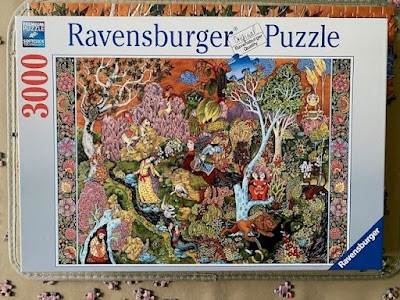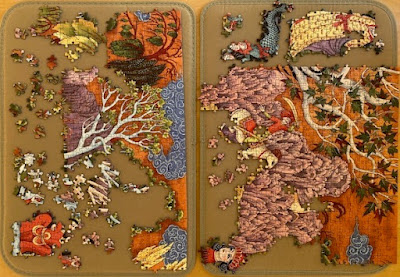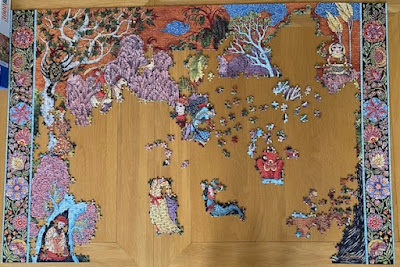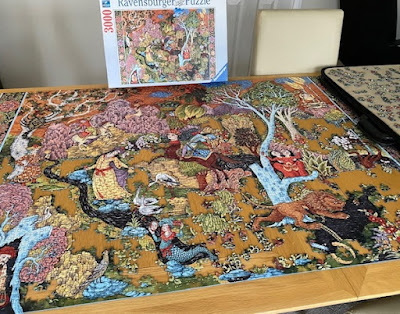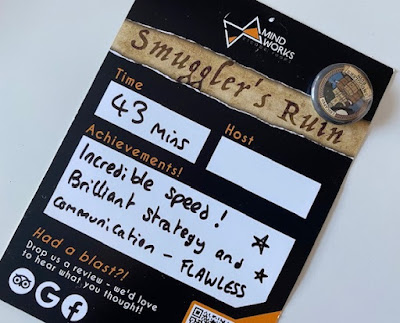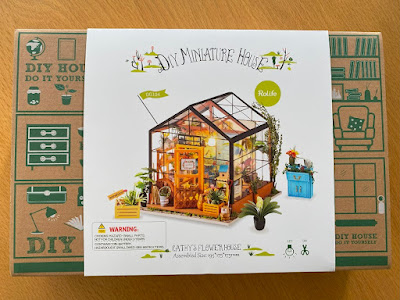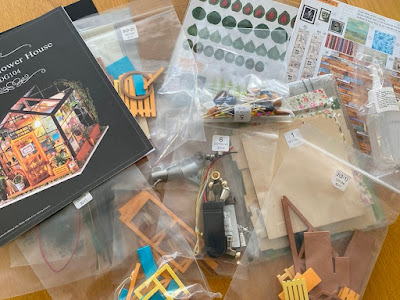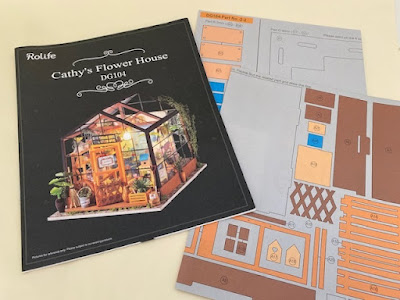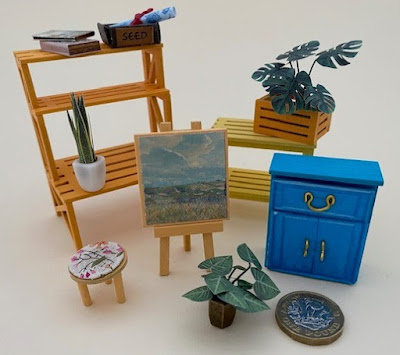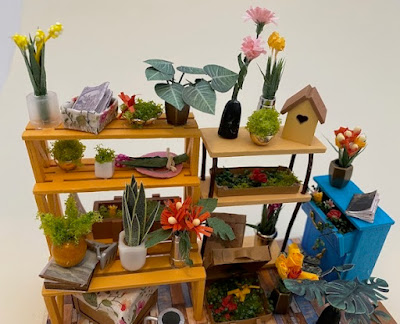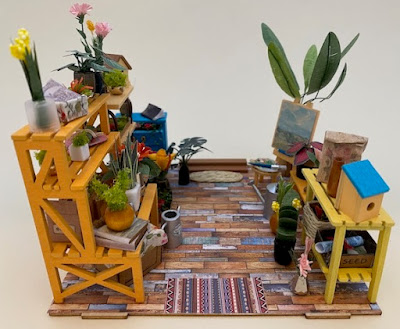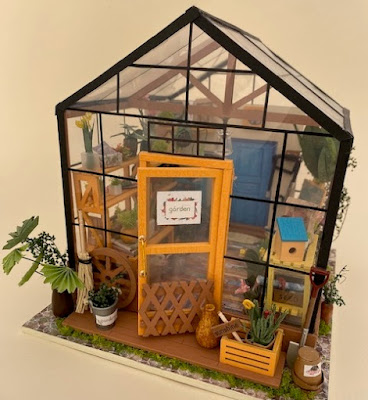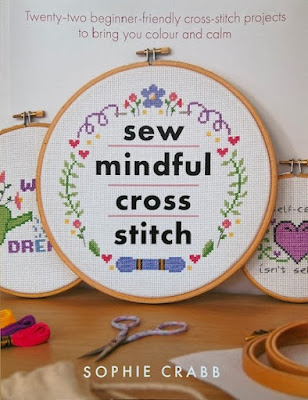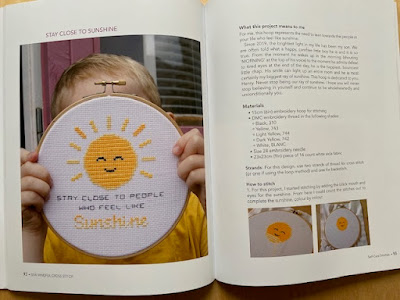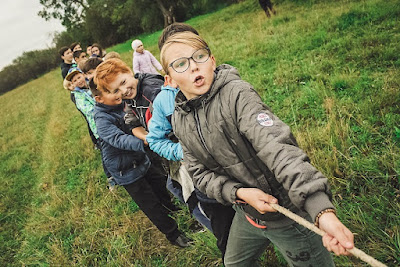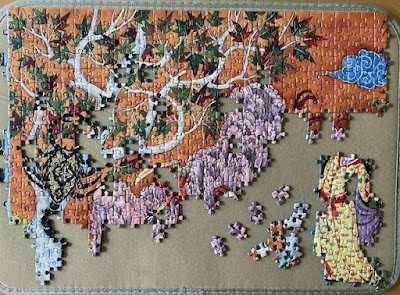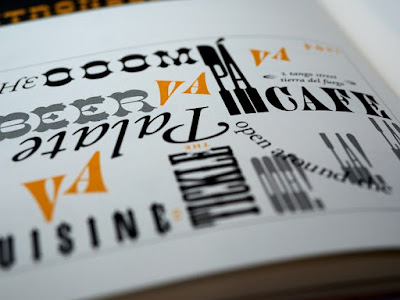This is a collaborative post
Transforming your bedroom doesn't have to mean spending a fortune on new furnishings. With upcycling, you can breathe new life into pieces you already own, creating a fresh look that's as environmentally friendly as stylish. With some creativity and DIY effort, you can turn your existing bedroom furniture into stunning, original pieces that reflect your personal taste and contribute to a sustainable lifestyle.
Upcycling your bedroom furniture can be a fulfilling project that benefits the planet by reducing waste and gives you a budget-friendly means to a bedroom makeover. Whether it's a vintage dresser with some love or a bedside table that's seen better days, your bedroom can become an oasis of repurposed elegance. By making over what you already have, you ensure your space is uniquely yours, filled with storied pieces that can't be found in any store.
Embarking on a DIY bedroom furniture upcycling project can initially seem daunting, but with the right methods and a touch of creativity, the process is manageable and rewarding. From selecting the right materials to applying the final touches, each step you take enhances your room's aesthetics and showcases your commitment to ecologically conscious living. You'll find that with some time and effort, you can achieve a high-end look without the high-end price tag, all while making an environmentally responsible choice.
Planning Your Upcycling Project
To add character and sophistication to your bedroom, an upcycling project can transform existing furniture into treasured pieces. It combines creativity and practicality, creating a personalized space tailored to your taste and needs.
Choosing the Right Furniture
Identify furniture that's a good candidate for upcycling; often, pieces sourced from a thrift store or those with a vintage flair hold great potential. For a significant impact, consider repurposing an old dresser or nightstand. If you're keen on revamping your sleeping space, look for comfortable king size beds that can serve as a central piece.
Design and Inspiration
Gather inspiration from home décor magazines, Pinterest, or upcycling blogs. Visualize the finished product in your room—whether it's a paint-refreshed bookshelf or a reupholstered chair. Incorporate wallpapers, patterns, or themes that align with a room's aesthetic that feels personal and inviting.
Materials and Tools
The right materials and tools are vital. Basic supplies include paint, brushes, sandpaper, and wallpaper if you add a patterned backdrop to shelves or drawers. Ensure you have a well-ventilated space and wear protective gear when handling paints and stains for your upcycling venture.
Executing the Makeover
Achieving upcycled elegance with your bedroom furniture makeover is about more than just slapping on a coat of paint—it’s a transformative process that requires meticulous preparation, specific painting techniques, and the addition of unique touches that reflect your personal style.
Preparation and Cleaning
Before you begin, ensure your furniture is clean and free of any dirt, grease or old finishes that can impede the adhesion of new paint. You can do this by wiping down the surfaces with a damp cloth and then with a mild cleaner. Remove all drawers and hardware if you're working on a dresser makeover. Sanding may be necessary for some surfaces to create a smooth canvas for painting.
Painting Techniques
The choice of paint can greatly affect the final outcome. For a furniture makeover, consider using chalk paint for a matte finish that requires minimal prep work. Start with a even base coat, working in the direction of the grain to avoid streaks. Multiple thin coats are better for cabinets or nightstands than one thick coat. After achieving the desired opaqueness, seal the paint with a clear wax or lacquer to protect your finish.
Adding Unique Touches
Now's your chance to inject some individuality into your DIY project. Replace old knobs with new hardware to modernize a piece instantly, or add distinctiveness to a nightstand with unique decorative elements. Consider new upholstery for padded items or applying a bold pattern with stencils. The before and after of your upcycled furniture ideas should showcase your creativity and attention to detail—transforming the mundane into something remarkable.
Conclusion
Adopting upcycling in your bedroom furniture makeover can transform a space with minimal environmental impact. Your creativity breathes new life into old pieces, saving money and adding a touch of uniqueness. By repurposing items with history, you give your bedroom an elegant, personal, and eco-friendly flair. Embrace these sustainable practices for a stylish and responsible bedroom redesign.


